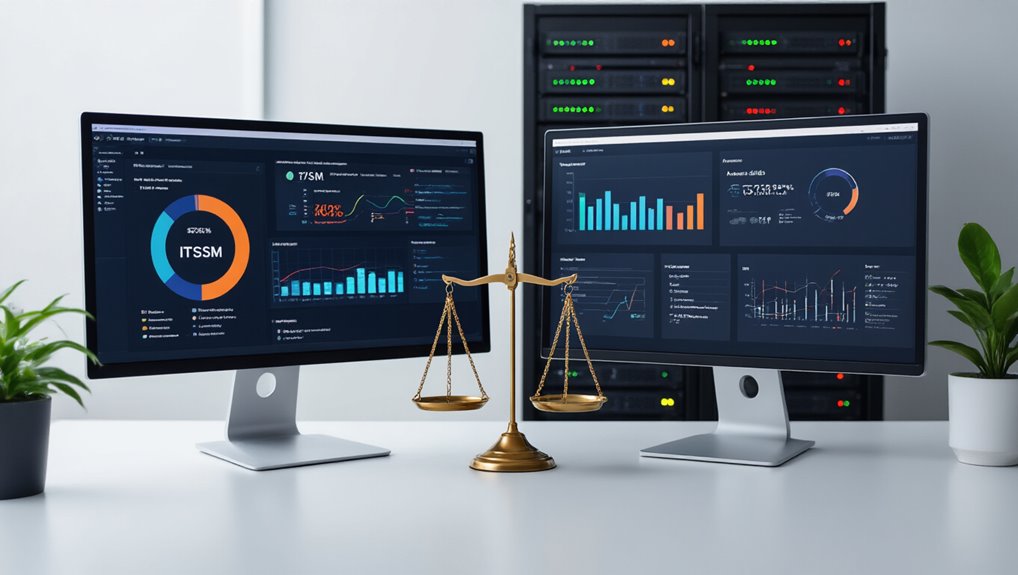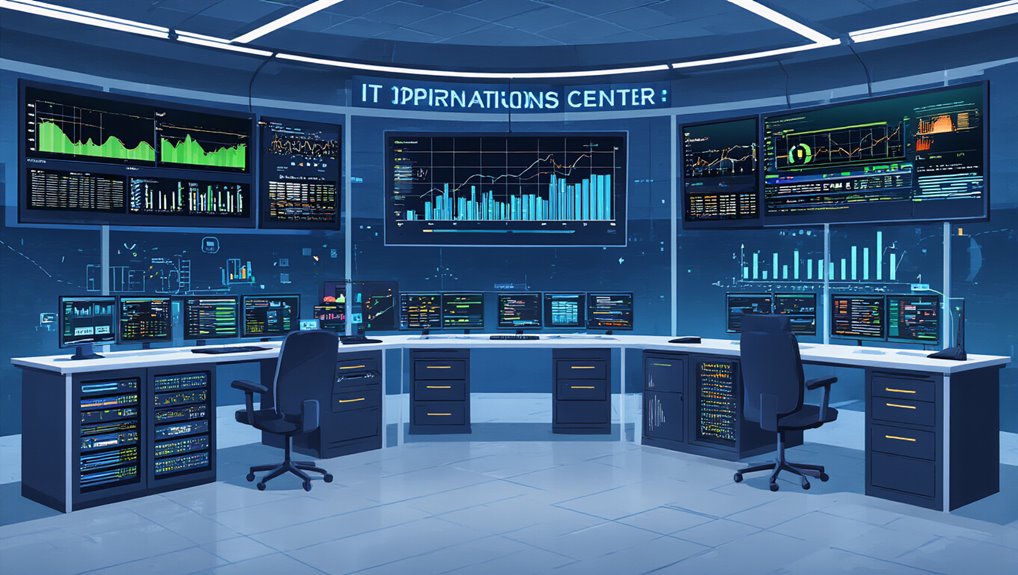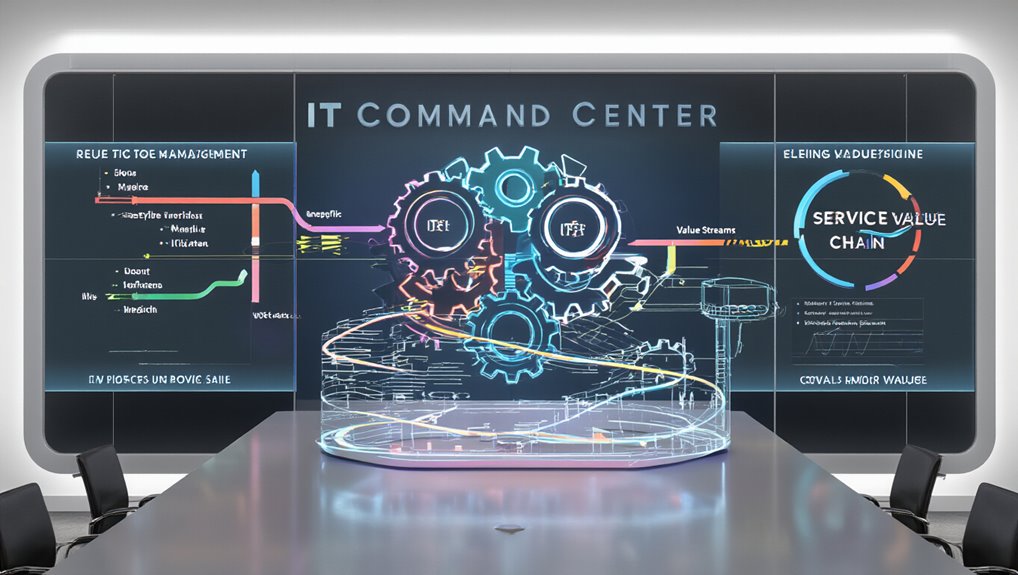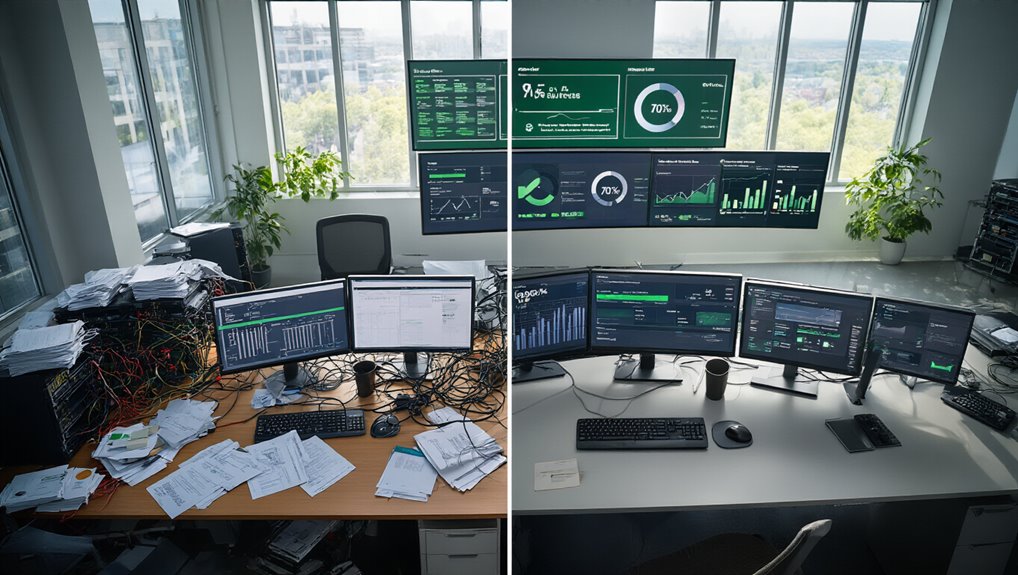The digital backbone of modern organizations relies on the effective integration of IT Asset Management (ITAM) and IT Service Management (ITSM). While ITSM often receives the spotlight in IT operations, it is ITAM that provides the foundation for successful service delivery by managing the complete lifecycle of all IT assets. These assets—including hardware, software, licenses, and cloud resources—are the building blocks upon which all IT services depend.
ITAM’s power comes from its thorough visibility into an organization’s technology landscape. Without accurate asset data, ITSM processes operate in a vacuum, leading to inefficient service delivery and increased operational costs. When properly implemented, ITAM feeds vital information to the Configuration Management Database (CMDB), ensuring that ITSM teams can quickly identify dependencies and resolve issues faster.
The foundation of effective IT service delivery rests upon the comprehensive visibility that only robust asset management can provide.
Organizations with integrated ITAM and ITSM approaches report significant financial benefits. Some businesses save over $25 million annually through optimized software licensing alone. These savings come from:
- Eliminating redundant purchases
- Optimizing license utilization
- Improving audit readiness
- Extending asset lifecycles
The relationship mapping capabilities within mature ITAM systems provide essential context for effective incident management. When service disruptions occur, understanding the relationships between assets allows support teams to identify root causes more rapidly, reducing downtime and improving user satisfaction. This visibility also supports proactive change management by clearly showing which services might be affected by planned modifications. Robust asset tracking provides the necessary visibility throughout the entire lifecycle of IT assets.
Despite these benefits, many organizations struggle with ITAM implementation. Nearly half of employees in hybrid work environments experience weekly productivity losses due to IT issues stemming from poor asset management. This challenge highlights the importance of investing in updated tools and properly trained teams. The strong collaboration between ITAM and ITSM is evident as 68% of SAM teams actively engage with IT service management teams. Many businesses are turning to IT outsourcing as a solution to these implementation challenges, gaining access to specialized expertise while reducing operational costs.
The true power of ITAM lies in its ability to transform IT from a cost center to a strategic business enabler. By providing accurate data about asset utilization, costs, and relationships, ITAM enables more informed decision-making and better alignment between IT services and business objectives. When ITAM drives ITSM, organizations achieve greater efficiency, compliance, and service quality.









